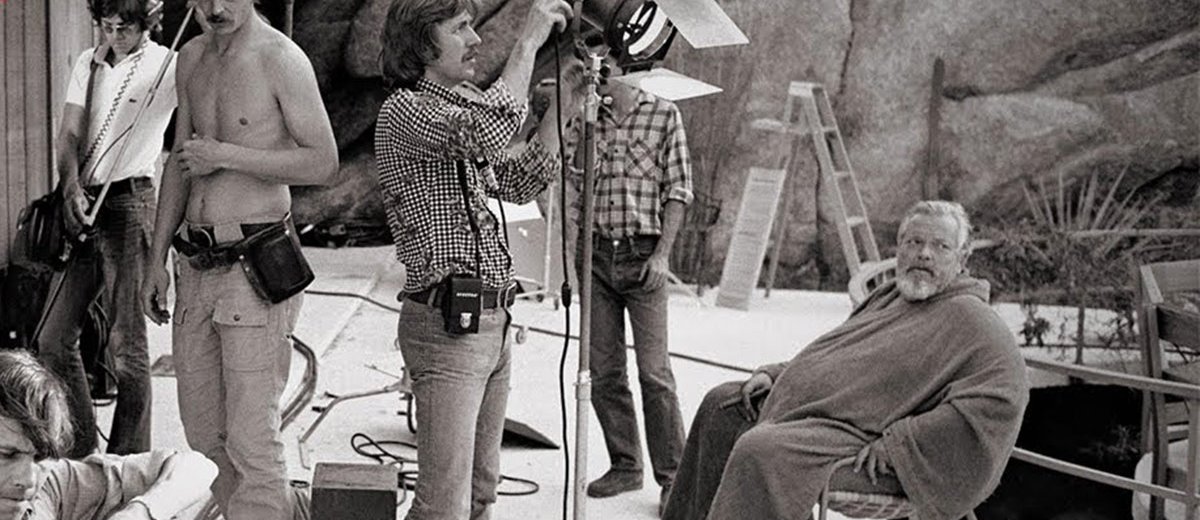Morgan Neville‘s “They’ll Love Me When I’m Dead” is more than just a documentary about the making of Orson Welles‘ “The Other Side of the Wind.” The legendary’s director’s final film, which has been touted for the better part of three decades as the ‘greatest film never released,’ finally is available for all to see on Netflix. Neville’s narrative in ‘Dead’ focuses not just on Welles’ unreleased production, but also his final two decades of life.
“They’ll Love Me When I’m Dead” is an attempt to dissect the director’s controversial and mysterious personality, as well as to explain the experimental style in which Welles worked with in the ’70s and ’80s. Neville’s 98-minute doc is a cinephile’s dream and has its focus centered on some of the unfinished films, which fell apart and were never completed during the course of Welles’ twilight years, including the aforementioned ‘Other Side.’
There’s a sort of backhanded message in this film that maybe, just maybe, Welles never intended to finish these projects in the first place and that he was just experimenting. Maybe he was trying to make something out of nothing or, as the filmmaker himself says in the doc, finding the “happy accidents,” the stuff that happens without intention as you shoot a film. It’s all part of the mysterious lore that has been built around Welles ever since his passing.
I spoke to Neville about “They’ll Love Me When I’m Dead,” which is also being released by Netflix today to compliment Welles’ picture. In fact, it is recommended to watch Neville’s film first before watching “Other Side of the Wind,” to understand the heavy context that is splattered all over the latter and have a broader more comprehensive perspective of what Welles was trying to achieve in his lost but now regained masterpiece.






